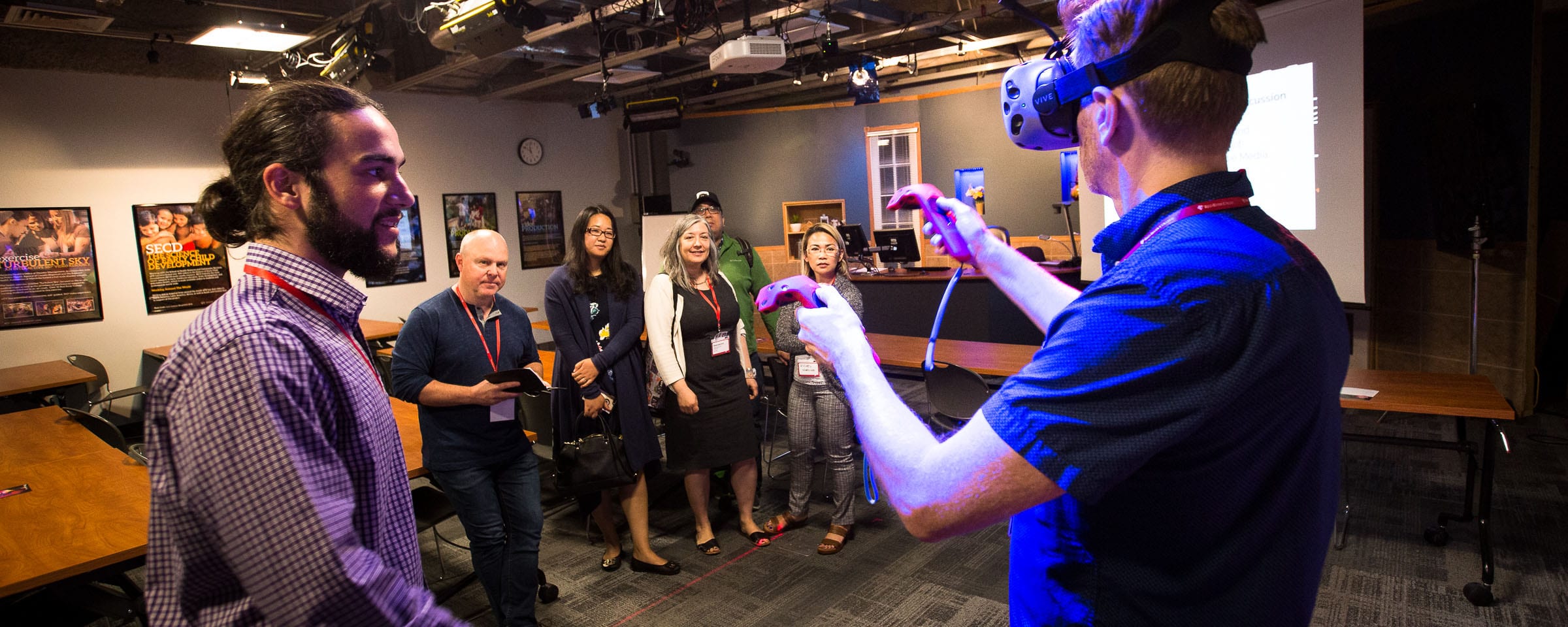Mediocrity and Artistry
Have you ever read the The Telling Room? It’s a novel about the power of the narrative and it’s a story about a cheese, a very good cheese. This book was passed along to me by a couple (okay, my parents, both of whom were lifelong educators) who encourage writing comments in the columns and passing the book on later — a good practice, but not one I can ever seem to adopt as I tend to get so wrapped up in what I’m reading. I’ve been savouring this book, a few pages at a time, and this morning I read this passage:
He also knew, or assumed that the workers — he would never dignify them with a sobriquet “cheesemakers,” those who had replaced his happy brood at the factory — were clock punchers, like everyone these days, there to do their time and collect a paycheck. How could such automatons make something remarkable, let alone create a delirious, sublime cheese of memory and strength? They, too, were thieves, if unconscious ones, afflicted with the disease of mediocrity. After all, why were you put on this earth, to serve humanity or the jefe’s bottom line?
This evoked a strong resonance deep within. I found myself likening the mediocrity versus artistry problem in this story about an otherworldly cheese turned plain and soulless to the challenge instructional designers are oft confronted with when engaged in the design and development of online courses. And I arrived at no particular conclusion or observation, but rather a question (a la Socratic method):
How can we turn a course into something beautiful, memorable, and life-changing in circumstances that realistically allow for mediocre design if we are to meet our daily quota, our bottom line?
There are a few strategies we can employ. Take, for example, the following:
- making the process as seamless, simple, and organized as possible;
- re-using and re-working learning objects;
- providing targeted, meaningful, and constructive feedback;
- building learning objects to show what can be done versus merely discussing the possibilities;
- aiming high and reaching big within our present limitations and the scope of what is humanly feasible (which means knowing the limitations);
- identifying and striving to meet the creative challenge; and
- employing instructional methodologies for working effectively with individuals of different backgrounds, cultures, and value systems.
In my nearly ten years at the College, I have come to the conclusion that each instructional designer holds herself or himself to his/her own standards. And, realistically, we can only sometimes hit the benchmarks we self-identify. Certainly, we can acquiesce in the name of sanity and merely strive to get things done, meeting our minimal design standards. Or we can strive for something else, sometimes losing sleep over it (which is not necessarily a bad thing, but oftentimes is). And that ‘something else’ is personal. It cannot be benchmarked and it has no descriptors. There is no rubric to evaluate it. It has no words. It is art. This something else that requires a personal drive and personal solution. At the same time, it requires organizational support and with a vision that allows for this process.
